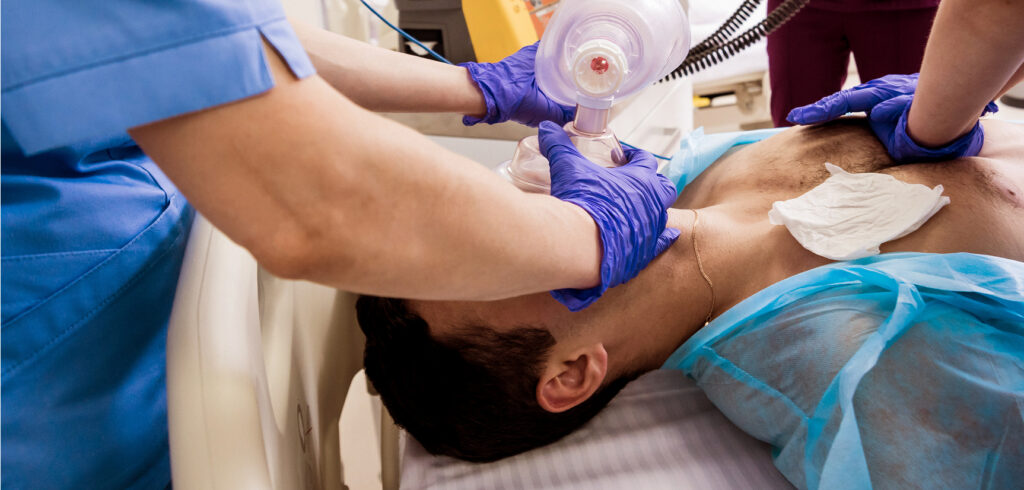Book an Ambulance
Zenzo 5G Ambulance
Critical Care On The Go – ICU on Wheels
Zenzo’s 5G Ambulance is not your ordinary ambulance that transfers patients effortlessly; it is rather an innovative technology that brings ICU on wheels straight to the scene of emergency. Our 5G Ambulance connects patients to doctors, paramedics, and other healthcare professionals, helping the staff make critical decisions and provide life-saving care on the go. These ambulances ensure that patients get access to advanced medical care and support through seamless 5G connectivity right where it is needed.
Our teams ensure the transmission of critical information between the ambulance and the hospital to guarantee a smooth patient transfer. Our service aims to redefine emergency healthcare and save millions of lives in the process, one call at a time.

Key Features
of the Zenzo 5G Ambulance
Immediate Medical Assistance
By utilizing 5G technology. our ambulances navigate easily through busy routes and reach your location at the earliest, ensuring you gel access to immediate medical care.

Diagnostic Support
With the use of integrated diagnostic loots. our teams perform ultrasounds, ECGs, and other necessary imaging tests during transit. which assists in faster diagnosis and better treatment outcomes.

On the go Consultations
The 50 ambulance offers ultra-speed and seamless connectivity that allows effortless video calls connecting our staff to healthcare experts for immediate guidance.

Zenzo 5G Ambulance

Continuous Monitoring
Our learns ensure continuous vital monitoring, BP and heart-rate checks, ensuring that the patient’s condition is stable dvoughout the journey.

Streamlined Operations
With the integration of 5G technology, sending and meowing information from hospital teams becomes efficient, allowing for a smoother and effortless patient transfer.

Enhanced Telemedicine
5G connectivity allows our ambulances to transmit medical data and imaging in real-time, enabling faster remote consultations and timely decisions.
Key Features of the Zenzo 5G Ambulance
Zenzo 5G Ambulance

Immediate Medical Assistance
By utilizing 5G technology. our ambulances navigate easily through busy routes and reach your location at the earliest, ensuring you gel access to immediate medical care.

Diagnostic Support
With the use of integrated diagnostic loots. our teams perform ultrasounds, ECGs, and other necessary imaging tests during transit. which assists in faster diagnosis and better treatment outcomes.

On the go Consultations
The 50 ambulance offers ultra-speed and seamless connectivity that allows effortless video calls connecting our staff to healthcare experts for immediate guidance.

Continuous Monitoring
Our learns ensure continuous vital monitoring, BP and heart-rate checks, ensuring that the patient’s condition is stable dvoughout the journey.

Streamlined Operations
With the integration of 5G technology, sending and meowing information from hospital teams becomes efficient, allowing for a smoother and effortless patient transfer.

Enhanced Telemedicine
5G connectivity allows our ambulances to transmit medical data and imaging in real-time, enabling faster remote consultations and timely decisions.
Inside the Zenzo 5G Ambulance
Our 5G Ambulance combines advanced medical treatment with innovation
and modern technology to deliver critical care on the move. Here’s what you’ll find onboard:
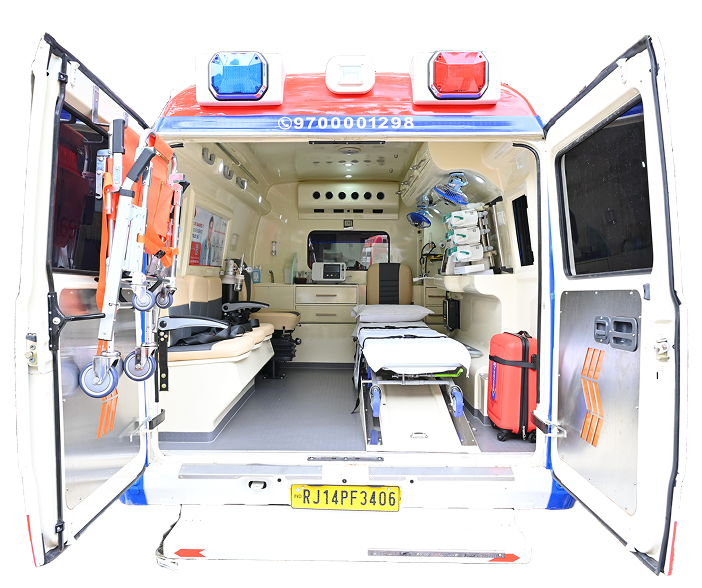
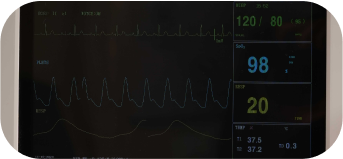
Ventilator
Allowing Continuous respiratory Support to critical patients.
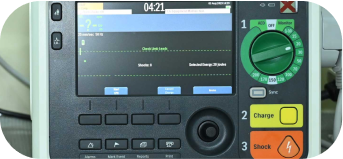
Defbrillator
To help restore a normal heart rate during cardiac emergencies
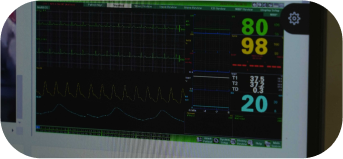
Multipara Patient Monitor
Tracking heart rate. BP, and oxygen levels on the go
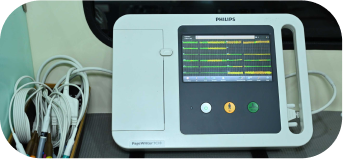
ECG Machine
Allowing detailed cardiac monitoring during transit

Syringe Pump
Delivering accurate and Controlled medications en route
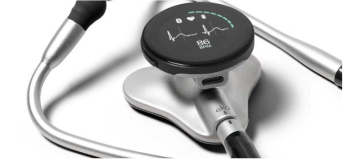
Digital Stethoscope
Equipped with clear sound transmission for remote monitoring
Why Choose Zenzo 5G Ambulance?

Reliability
Each of our BLS Ambulances is eqUiPPed to provide optimum Patient care with medical tootsuring transport.

Faster Response Times
Each of our BLS Ambulances is eqUiPPed to provide optimum Patient care with medical tootsuring transport.

Advanced Tools
Each of our BLS Ambulances is equipped to provide optimum patient care with medical toolsuring transport.

Affordable Pricing
Each of our BLS Ambulances is equipped to provide optimum patient care with medical toolsuring transport.
Our Clients





Revolutionizing Emergency Healthcare
When emergencies strike, Zenzo’s 5G Ambulance is ready to save. We value and prioritize patient health and safety above everything else. Our 5G ambulance enables us to take emergency healthcare to the next level by providing critical care and treatment on the go. Through this service, we continue to remain committed to delivering care and saving lives whenever and wherever possible.
Contact us at 1800 102 1298
and discover how the Zenzo 5G Ambulance transforms emergency healthcare and choose us for any of your medical emergencies, anytime, anywhere.
Revolutionizing Emergency Healthcare
When emergencies strike, Zenzo’s 5G Ambulance is ready to save. We value and prioritize patient health and safety above everything else. Our 5G ambulance enables us to take emergency healthcare to the next level by providing critical care and treatment on the go. Through this service, we continue to remain committed to delivering care and saving lives whenever and wherever possible.
Contact us at 1800 102 1298
and discover how the Zenzo 5G Ambulance transforms emergency healthcare and choose us for any of your medical emergencies, anytime, anywhere.
